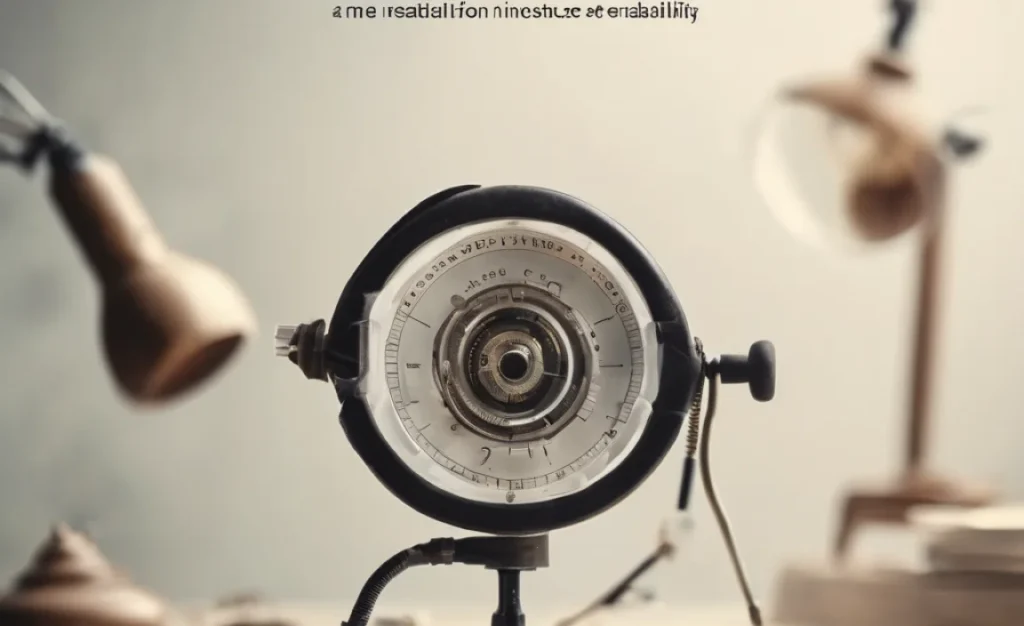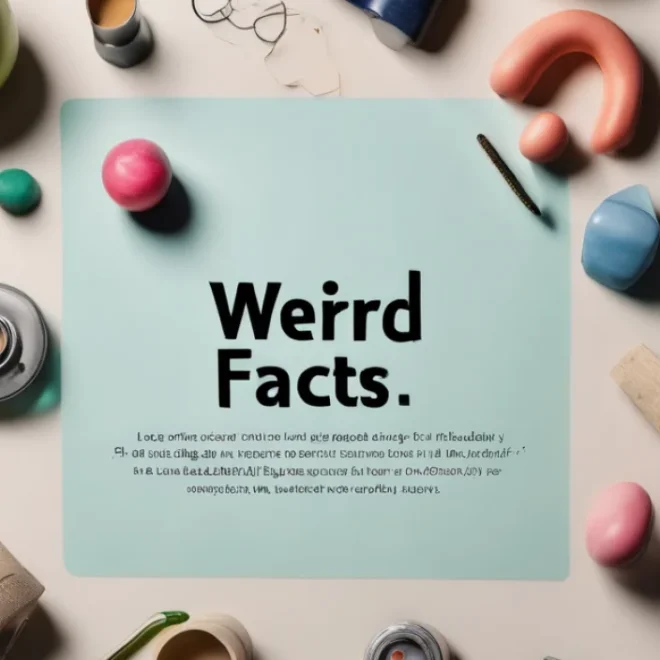Have you ever wondered how things we use every day were invented? Some inventions have surprising stories behind them. For example, did you know bubble wrap was meant to be wallpaper? What about how potato chips were invented by accident? Let’s dive into some unknown facts about inventions that might surprise you!
Key Takeaways
- Many inventions happened by accident or mistake.
- Some inventions were made for different original purposes.
- Inventions often solve simple everyday problems.
- Inventions can lead to even more discoveries.
- Unknown facts about inventions can be inspiring and fun.
Accidental Inventions That Changed the World
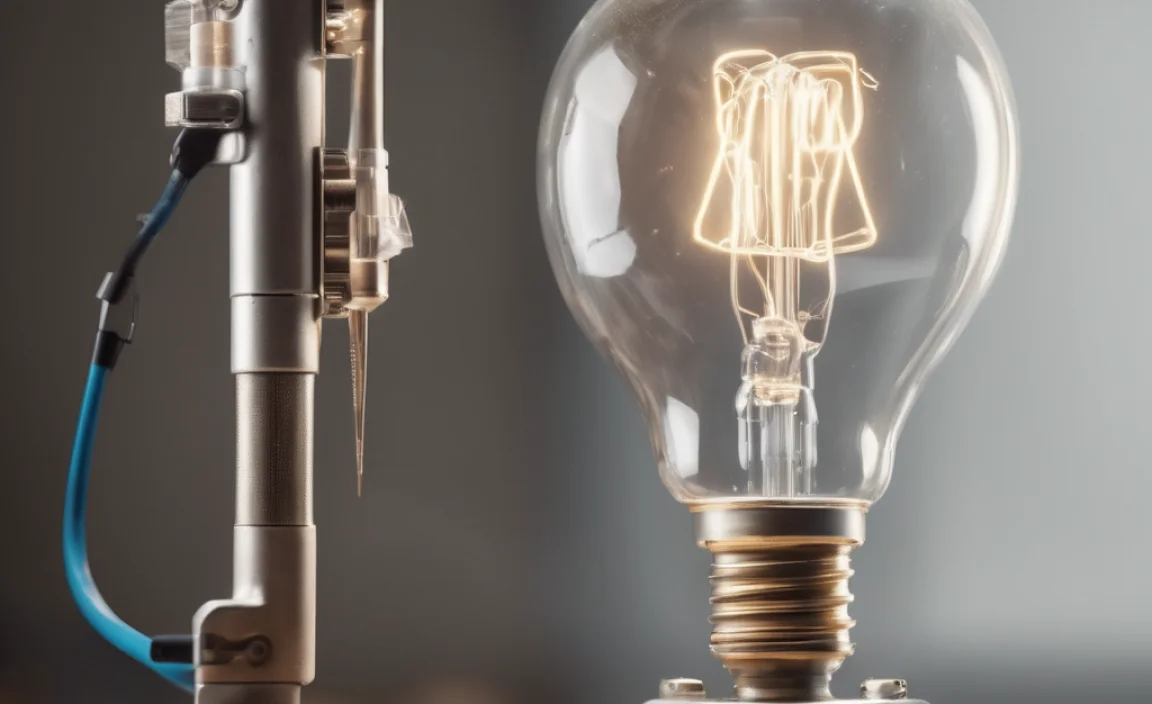
Did you know the microwave oven was invented by accident? Percy Spencer was working with radar technology during World War II. One day, he noticed a candy bar in his pocket melted. This led him to experiment with microwave energy. Soon, he discovered it could cook food quickly. This happy accident led to the microwave oven that many families use today.
- Microwave heating was discovered by accident.
- The inventor was working on radar technology.
- A melted candy bar sparked curiosity.
- Experiments led to cooking with microwaves.
- The microwave oven was invented from this discovery.
- Today, it’s a common kitchen appliance.
- It all started with a surprising mistake.
Accidental inventions remind us that mistakes can lead to great things. They teach us to be curious and try new things. Next time you use your microwave, think of Percy Spencer and his melted candy bar. Embrace mistakes, as they might just lead to something amazing!
Fun Fact or Stats : Over 90% of U.S. households own a microwave oven today!
The Sweet Mistake
Have you ever heard of popsicles? They were invented by an 11-year-old boy. Frank Epperson accidentally left a cup of soda with a stick in it outside on a cold night. By morning, the soda froze, and he discovered a tasty treat! Frank named it the “Epsicle,” but his kids later called it “Popsicle.” This happy mistake became a favorite summer snack.
A Sticky Situation
Post-it Notes were also a result of an accident. A scientist named Spencer Silver was trying to create a strong adhesive. Instead, he made a weak one that could stick and re-stick. His colleague, Art Fry, used it to bookmark his choir hymnal. This led to the creation of Post-it Notes, which are now used worldwide. Who knew a weak glue could be so useful?
The Delicious Accident
Potato chips are another tasty accident. In 1853, a chef named George Crum was trying to please a picky customer. The customer kept sending back his fried potatoes, asking for them to be thinner and crispier. George finally made them very thin and fried them until they were crunchy. The customer loved them, and so did others! Thus, the potato chip was born out of annoyance.
Unusual Origins of Everyday Items
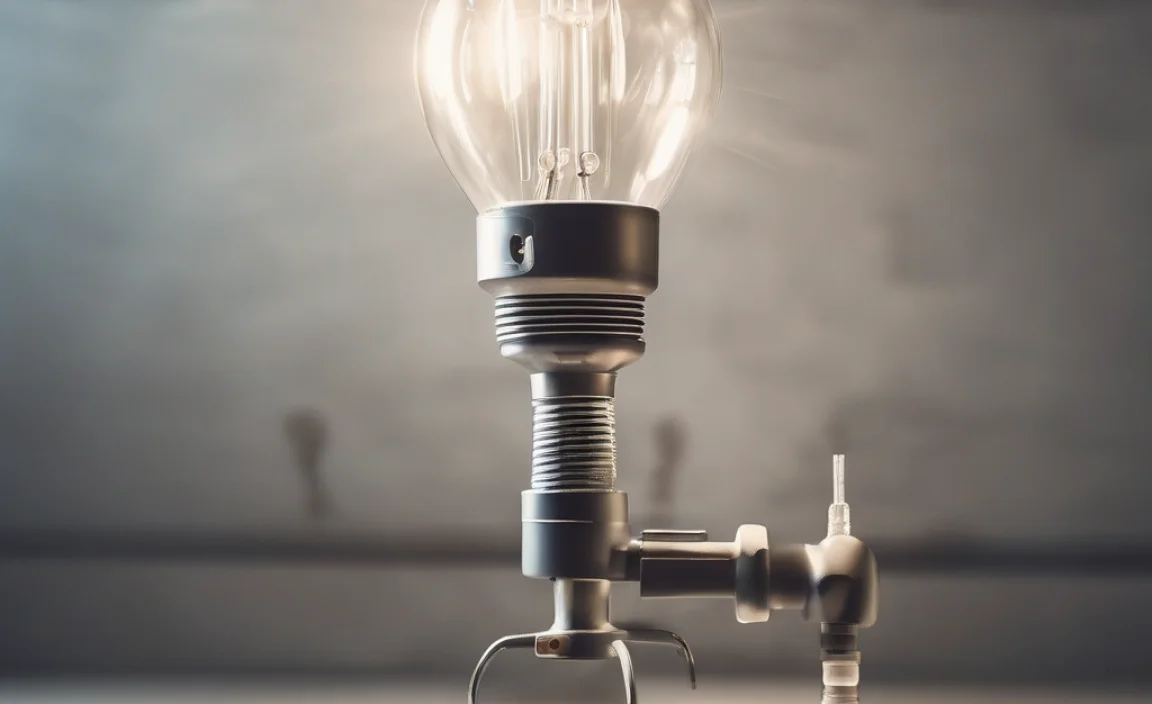
Some everyday items have unusual beginnings. Take bubble wrap, for instance. It was first designed to be a new type of wallpaper! The inventors sealed two shower curtains together, creating a bubbly texture. While it didn’t work as wallpaper, it found a home as a packing material. Now, bubble wrap is loved for its popping delight and protective qualities.
- Bubble wrap was first intended as wallpaper.
- It was made by sealing two shower curtains.
- The bubbly texture was unique and interesting.
- It wasn’t popular as wallpaper.
- It became a popular packing material instead.
- Now beloved for protection and popping fun.
- Sometimes, ideas evolve unexpectedly.
Everyday items often have unexpected pasts. Learning about these origins can make us appreciate them more. Next time you pop bubble wrap, remember its unusual start. It’s amazing how ideas can change and find their place in the world.
Fun Fact or Stats : Five billion feet of bubble wrap is produced each year worldwide!
From Ball to Band-Aid
Band-Aids were invented by a man named Earle Dickson. His wife often cut her fingers while cooking. Earle wanted to help her, so he put gauze on a piece of adhesive tape. This simple idea allowed her to bandage her cuts easily. The idea caught on, and soon Band-Aids became essential in every home. This invention showed how a simple idea can solve common problems.
The Surprising Start of Tea Bags
Tea bags were invented by accident too. Thomas Sullivan, a tea merchant, sent samples in small silk bags. Customers used the bags as they were, without opening them. They found it convenient and easy. Seeing their popularity, Thomas began to produce and sell tea in bags. Today, tea bags are a staple in many households around the world.
Velcro’s Nature-Inspired Beginning
Velcro was inspired by nature. George de Mestral, a Swiss engineer, went for a hike one day. Upon returning, he noticed burrs clinging to his clothes. Curious, he examined them under a microscope. He found tiny hooks that latched onto loops in the fabric. This discovery led to the creation of Velcro, a hook-and-loop fastener. It’s now used for everything from shoes to space suits!
How Inventions Shape Our World

Inventions have a way of shaping our lives in unexpected ways. They solve problems, make tasks easier, and create new opportunities. The telephone, for example, changed how we communicate. Alexander Graham Bell invented it in 1876. He wanted a way to send voice over wires. Today, phones connect us instantly with people worldwide, making the world feel smaller.
- Inventions solve everyday problems.
- They make life easier and more efficient.
- Inventions like the telephone changed communication.
- They open up new opportunities and industries.
- Technology and innovation drive invention.
- Inventions often improve over time.
- Creativity is key to inventing new solutions.
When we think about inventions, we see progress and change. They connect us, entertain us, and improve our lives. Each invention tells a story of creativity and determination. It’s exciting to think about what the future holds and how new inventions will shape our world.
Fun Fact or Stats : There are over 2,500 patents for new inventions every day!
The Role of Creativity
Inventions need creativity and imagination. Without these, we might not have the fun and helpful things we enjoy today. Think about video games. They started as simple pixel games and evolved into immersive worlds. Creative minds pushed their limits, bringing us new adventures. From simple beginnings to complex creations, imagination drives invention forward.
Technology’s Impact on Inventions
Technology plays a huge role in modern inventions. It helps inventors create things faster and better. Computers and the internet allow inventors to share ideas and collaborate. 3D printing lets them make prototypes quickly. Technology continues to open doors for new inventions. It’s an exciting time to be an inventor!
Future Inventions to Watch
The future of inventions holds endless possibilities. From flying cars to robots that help at home, the ideas are inspiring. Scientists and inventors are working on solutions to big problems like climate change. They are creating cleaner energy and better ways to recycle. The future of inventions is bright and filled with hope, driven by human creativity.
Everyday Inventions with Surprising Stories
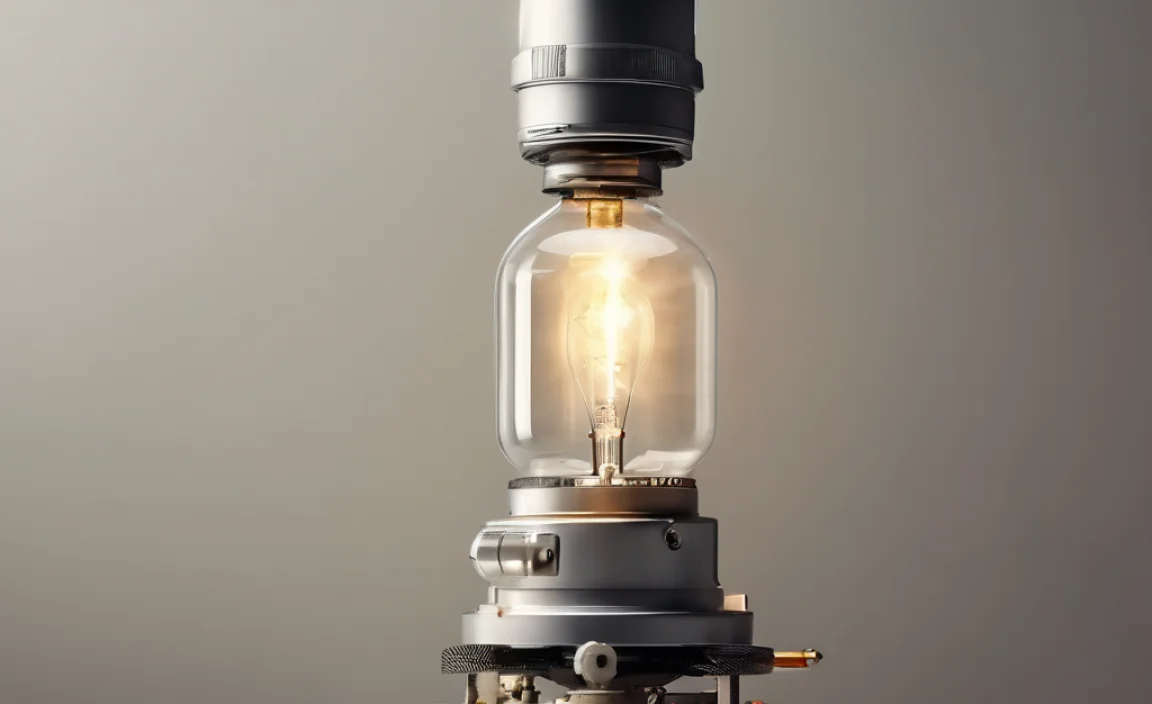
Did you know that crayons have an interesting history? Before crayons, kids used to draw with colored chalk. In 1903, Edwin Binney and C. Harold Smith developed the first crayon. They wanted something safe and fun for children. Today, Crayola crayons come in many colors and are loved worldwide. Their invention brought color to millions of children’s lives.
- Crayons replaced colored chalk for drawing.
- They were invented in the early 1900s.
- Crayons are safe and non-toxic for kids.
- Crayola is the most popular brand.
- Over 100 billion crayons have been made.
- They are available in many vibrant colors.
- Crayons inspire creativity in young artists.
Crayons are just one example of an invention that brings joy. They remind us that inventions don’t have to be complex to make a difference. Simple ideas can have a big impact, inspiring creativity and happiness. Next time you draw with crayons, think of the vision that made them possible.
Fun Fact or Stats : The average child uses 730 crayons by age 10!
The Evolution of Crayons
Crayons have come a long way since their invention. The first crayons were mainly black, used for marking wood and boxes. But in 1903, Crayola introduced colored crayons for kids. These crayons were made safe and non-toxic. Today, there are over 120 colors to choose from! Crayons have become a staple in classrooms and homes, sparking creativity in young minds.
From Simple to Spectacular
Simple inventions can turn into spectacular creations. Think about LEGO bricks. They started as simple, stackable blocks. Over time, they transformed into complex sets, allowing builders to create anything. Despite their simplicity, these little bricks inspire architects, engineers, and kids worldwide. LEGO shows how small ideas can grow into something incredible.
The Power of Imagination
Imagination is the key to creating new inventions. It helps us see possibilities that others might miss. J.K. Rowling imagined a magical world, creating the beloved Harry Potter series. Her books inspired movies, toys, and theme parks. Imagination turns ideas into reality. It fuels inventions, encouraging us to dream big and think creatively.
Fascinating Inventions from the Past
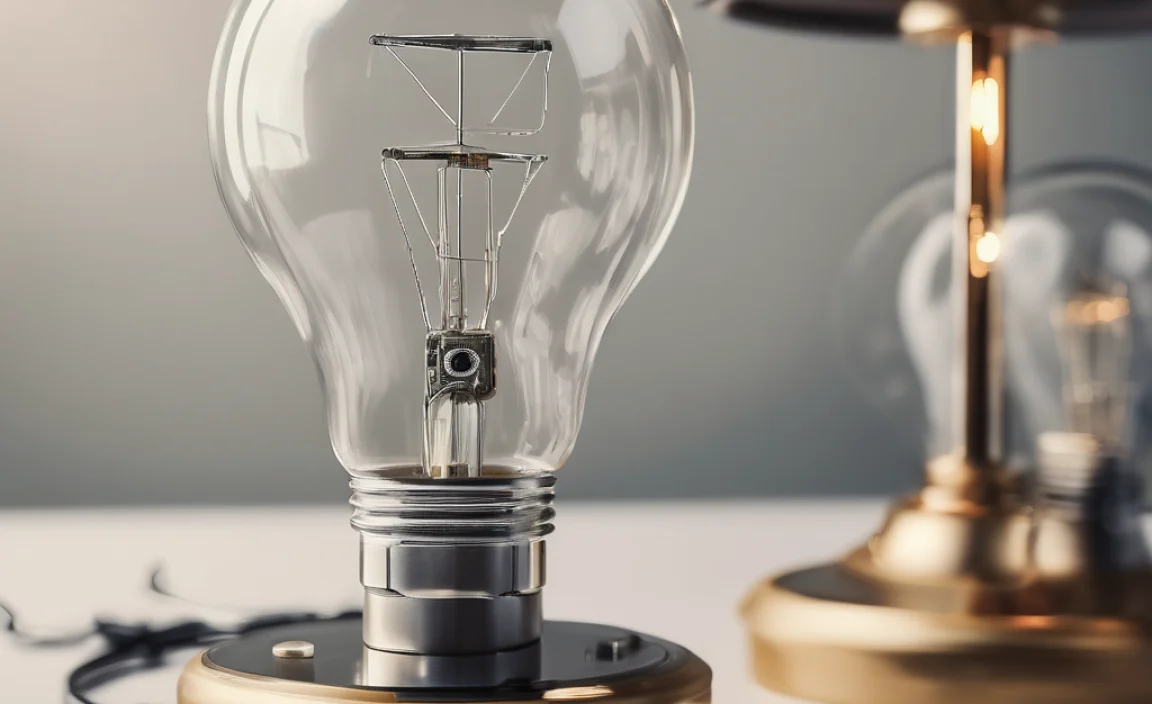
Inventions from the past have fascinating stories. The wheel is one of the oldest inventions. It changed transportation and industry. Early wheels were made of stone and wood. Over time, they evolved into rubber tires. The wheel’s invention helped societies grow and connect. It played a crucial role in the development of civilizations across the globe.
- The wheel is an ancient invention.
- It improved transportation and trade.
- Early wheels were made of stone.
- They evolved into modern rubber tires.
- The wheel helped connect societies.
- It enabled economic growth and trade.
- Wheels are used in many modern machines.
Understanding past inventions helps us appreciate their impact. They paved the way for future innovations and advancements. The wheel demonstrates how a simple idea can change the world. It reminds us of the importance of creativity and problem-solving in invention.
Fun Fact or Stats : The oldest known wheel is over 5,000 years old!
The Birth of the Printing Press
The printing press was invented by Johannes Gutenberg in the 15th century. It revolutionized how information was shared. Before its invention, books were copied by hand. This was slow and expensive. The printing press made books more affordable and accessible. It spread knowledge and ideas, fueling the Renaissance and scientific discoveries.
The Compass and Exploration
The compass was a key invention for explorers. It helped sailors navigate the seas with accuracy. Before the compass, sailors relied on stars to guide them. The compass allowed for more precise travel. It enabled explorers to discover new lands and trade routes. This invention expanded the world and connected continents.
Electricity’s Power
Electricity is one of the most important inventions. It powers our homes, schools, and devices. Thomas Edison invented the light bulb, making electric lighting possible. Nikola Tesla’s work on alternating current enabled long-distance electricity transmission. These inventions transformed how we live and work. Electricity continues to drive innovation today.
Conclusion
Inventions shape our world in surprising ways. From accidental discoveries to simple ideas, they change how we live. Knowing unknown facts about inventions can inspire creativity and curiosity. As we learn from past inventions, we look forward to future innovations. Embrace curiosity and explore new ideas, as they might just lead to amazing inventions!
FAQs
Question: What are some accidental inventions?
Answer: Many inventions were accidental, like microwave ovens and potato chips. A candy bar melted from radar waves led to the microwave. Potato chips came from a chef trying to please a customer. These mistakes turned into beloved inventions.
Question: Why are inventions important?
Answer: Inventions solve problems and improve our lives. They make tasks easier and connect people. Inventions create new opportunities and industries. They inspire creativity and curiosity, driving progress and innovation. Inventions have a lasting impact on our world.
Question: How do inventions start?
Answer: Inventions start with an idea or a problem. Inventors use creativity and imagination to find solutions. Sometimes inventions come from mistakes or accidents. Through trial and error, ideas become real inventions. They often begin small and grow into something significant.
Question: What are some unknown facts about inventions?
Answer: Unknown facts about inventions include their surprising origins. Bubble wrap was meant to be wallpaper. Popsicles were invented by an 11-year-old boy. These stories show how unique and interesting invention histories can be.
Question: Can simple ideas become great inventions?
Answer: Yes, simple ideas can lead to great inventions. Crayons started as a safe way for kids to color. LEGO bricks are simple blocks that inspire creativity. Simple inventions often have a big impact on our lives, sparking imagination and joy.
Question: How do inventions shape the future?
Answer: Inventions shape the future by solving current problems and creating new possibilities. They drive change and innovation, opening doors to new technologies and industries. Inventions help us imagine a better world and inspire us to keep exploring and creating.


